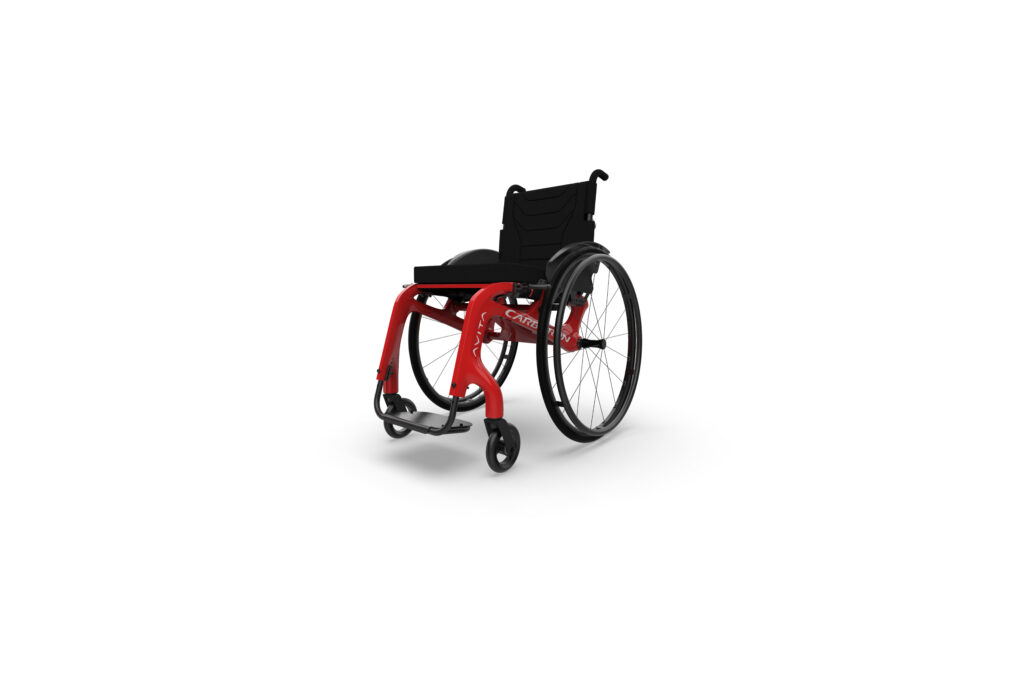Be Unique and Empowered!
Low Vision
Low vision is a visual impairment that cannot be fully corrected with standard eyeglasses, contact lenses, medication, or surgery. This condition significantly impacts a person’s ability to perform everyday tasks, such as reading, recognizing faces, and navigating their environment.
According to the World Health Organization (WHO), low vision is clinically defined as a visual acuity between 20/60 and 20/400. This means that what a person with normal (20/20) vision can see from 60 to 400 feet away, someone with low vision must stand just 20 feet away to see clearly.
Factors Contributing to Low Vision:
Reduced clarity and contrast
Difficulty distinguishing colors
Impaired perception of moving objects
Sensitivity to light (glare) and reduced binocular vision
Low Vision Aids
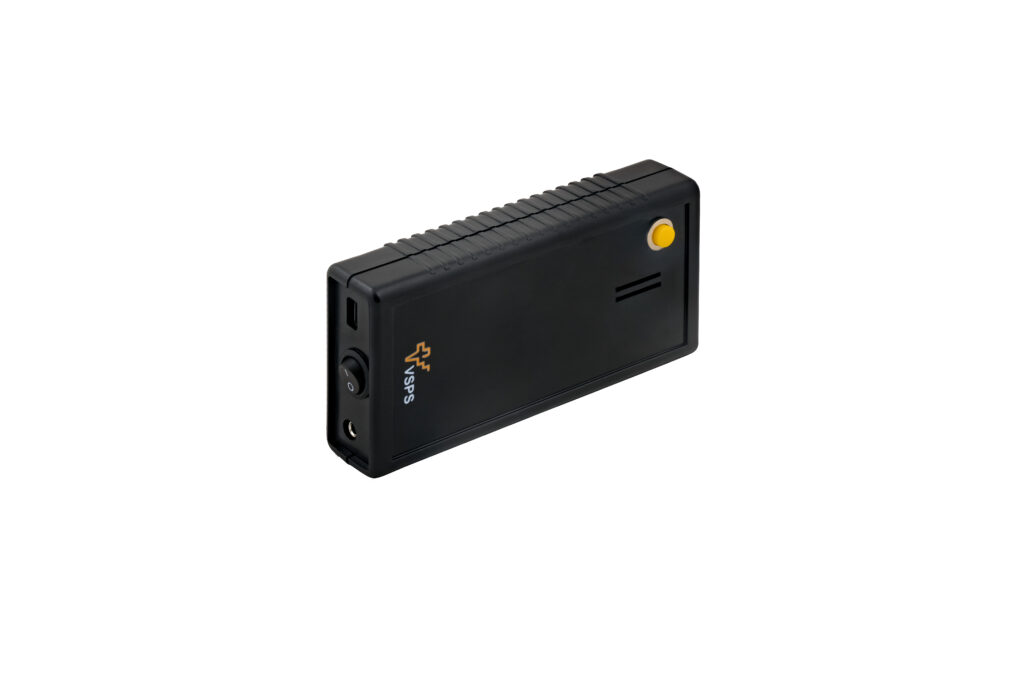
Talking Color Identification Device

LED Magnifying Nail Clipper
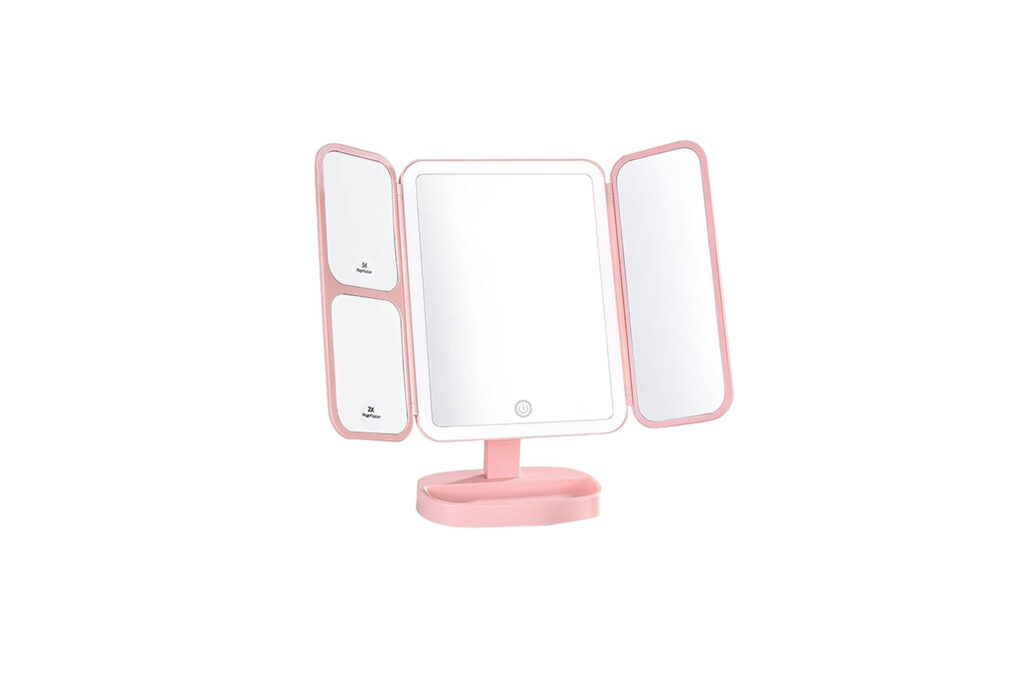
LED Magnifying Makeup Mirror
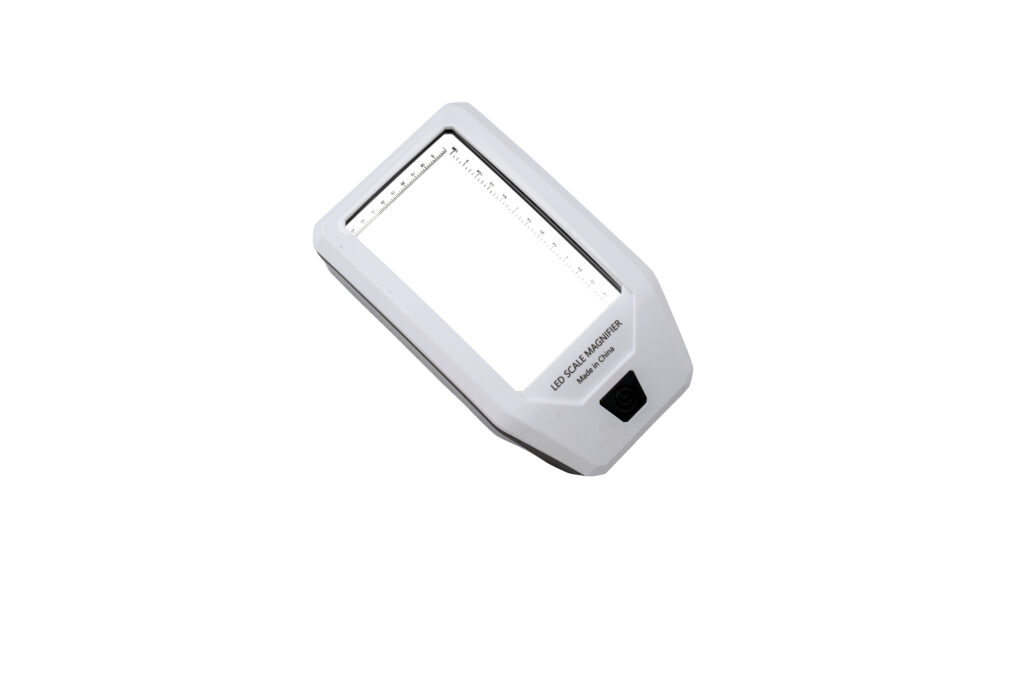
LED Scale Magnifier
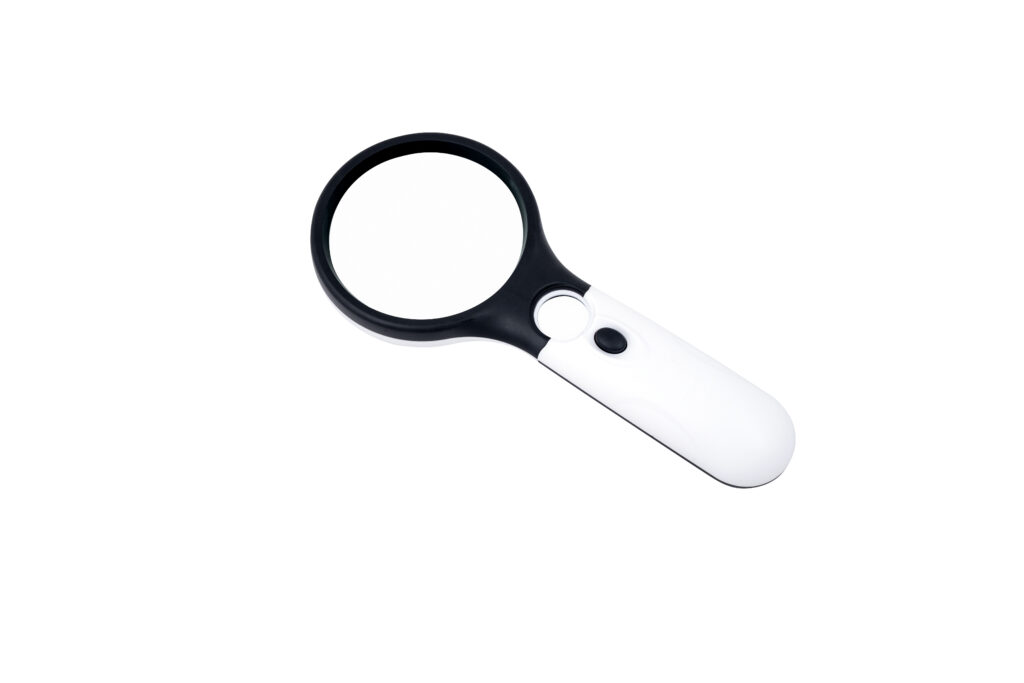
LED Handheld Magnifier
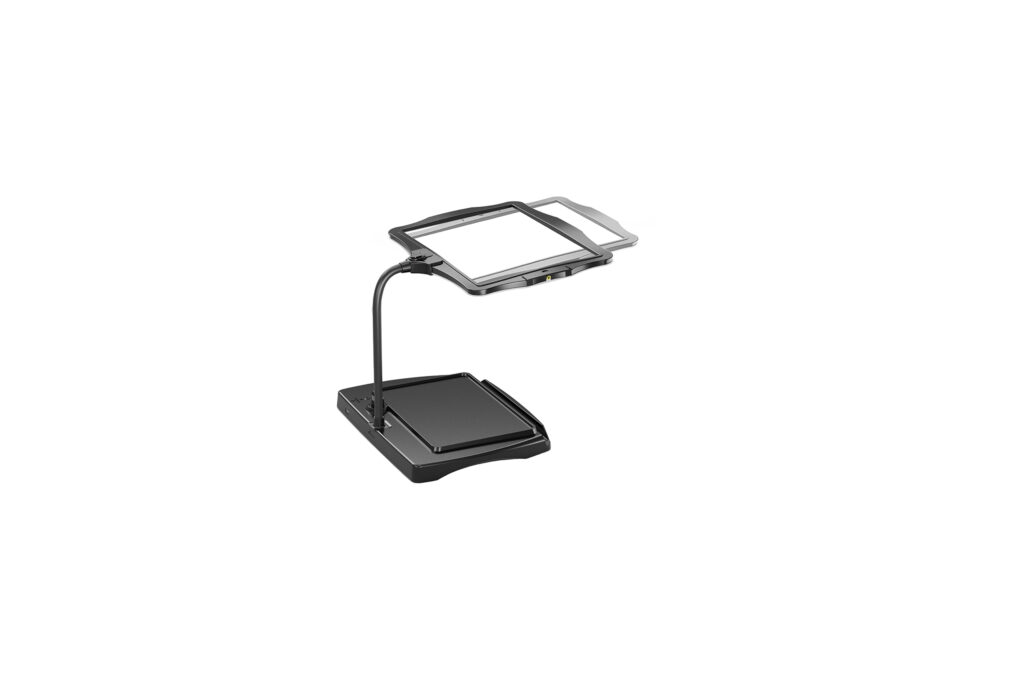
LED Desktop Magnifier
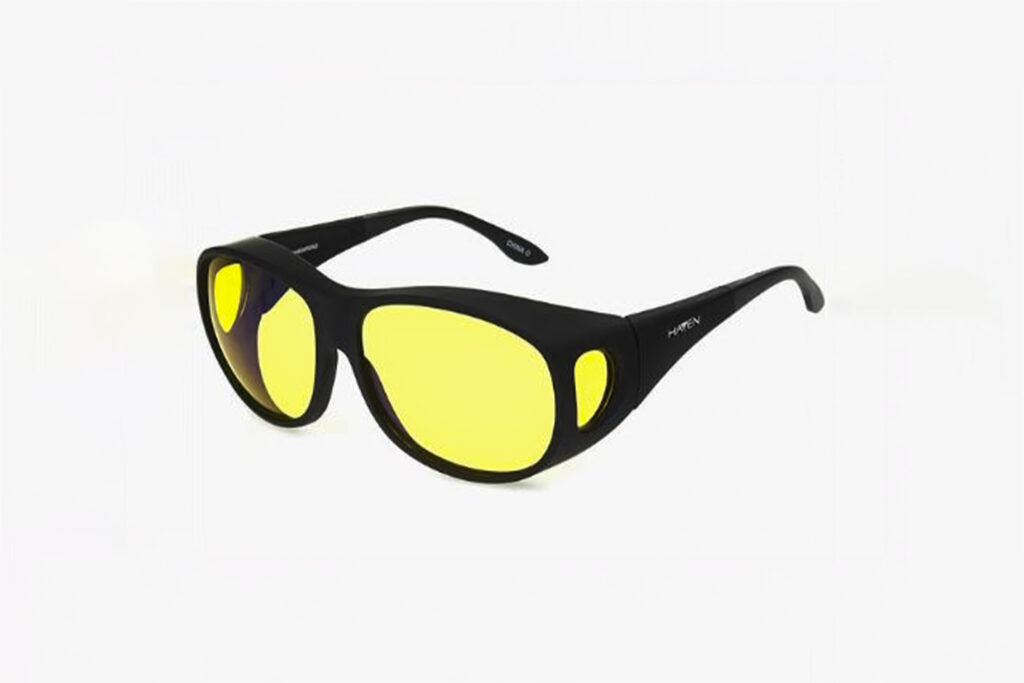
NoIR Low Vision Sunglasses
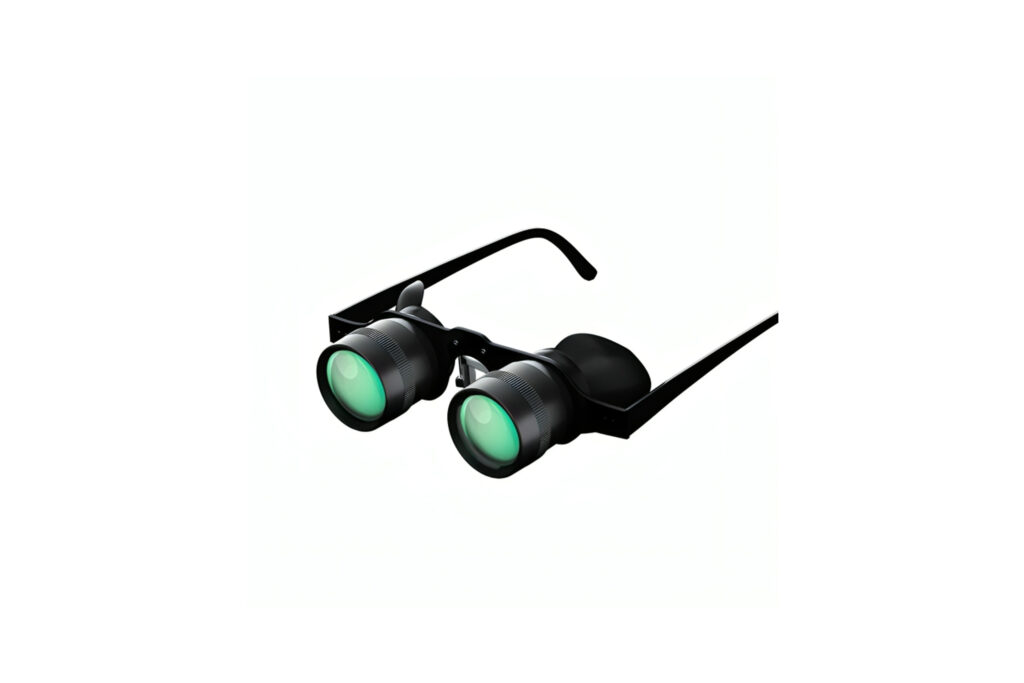
Outdoor Compact Binoculars
Ocutech-SightScope
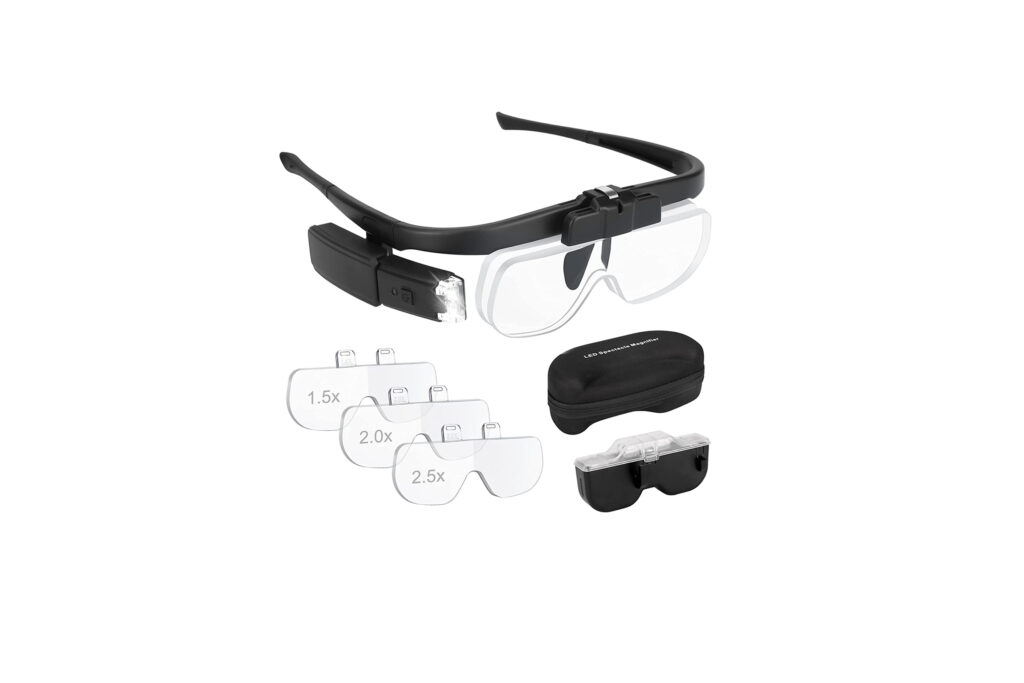
Multi-Lens Rechargeable Magnifier with LED Light
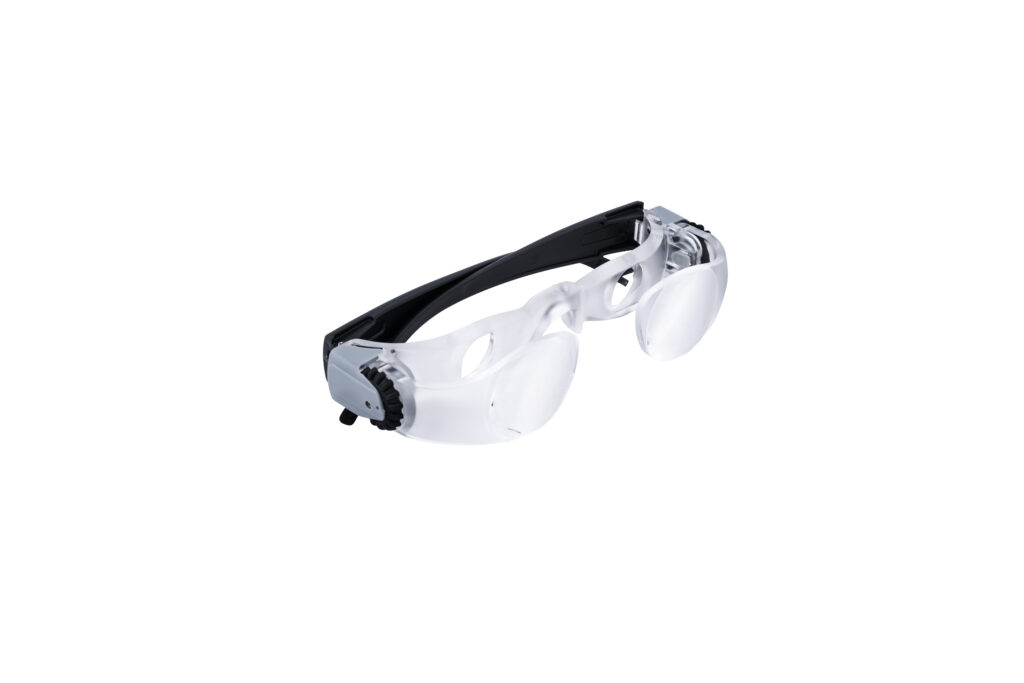
MAX TV Magnifying Glasses
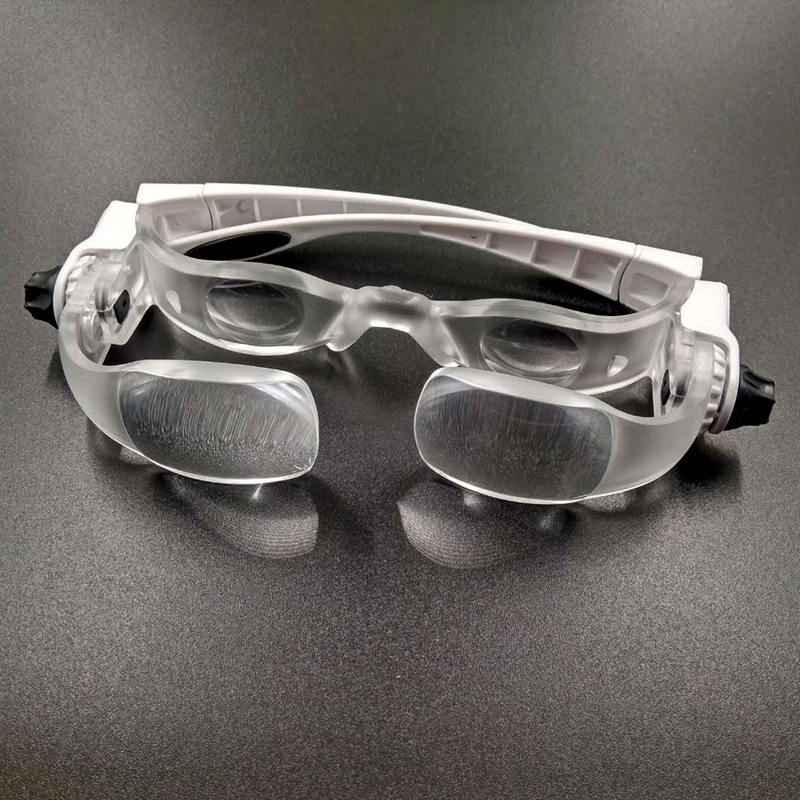
Max Detail Magnifying Glasses
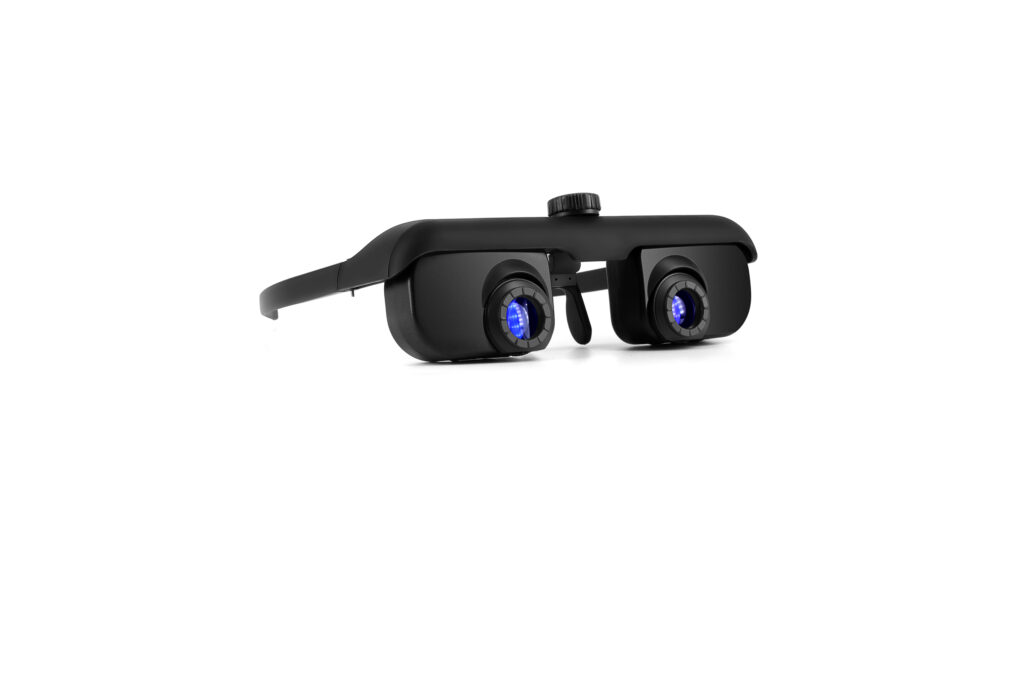
HD70 Angler Pro Binocular
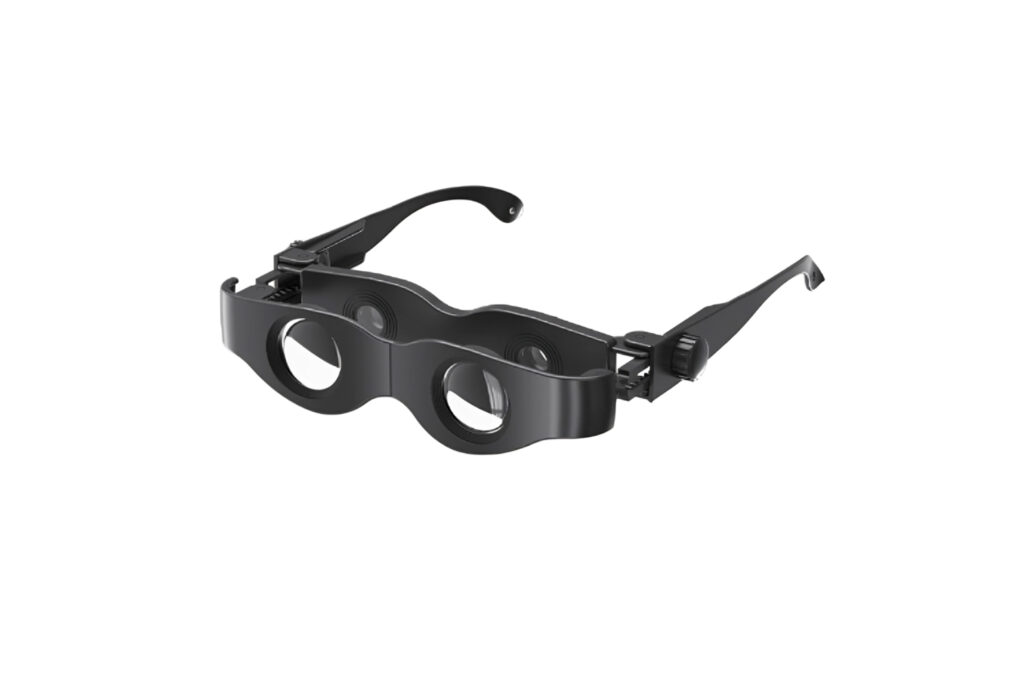
Adjustable Telescopic Glasses
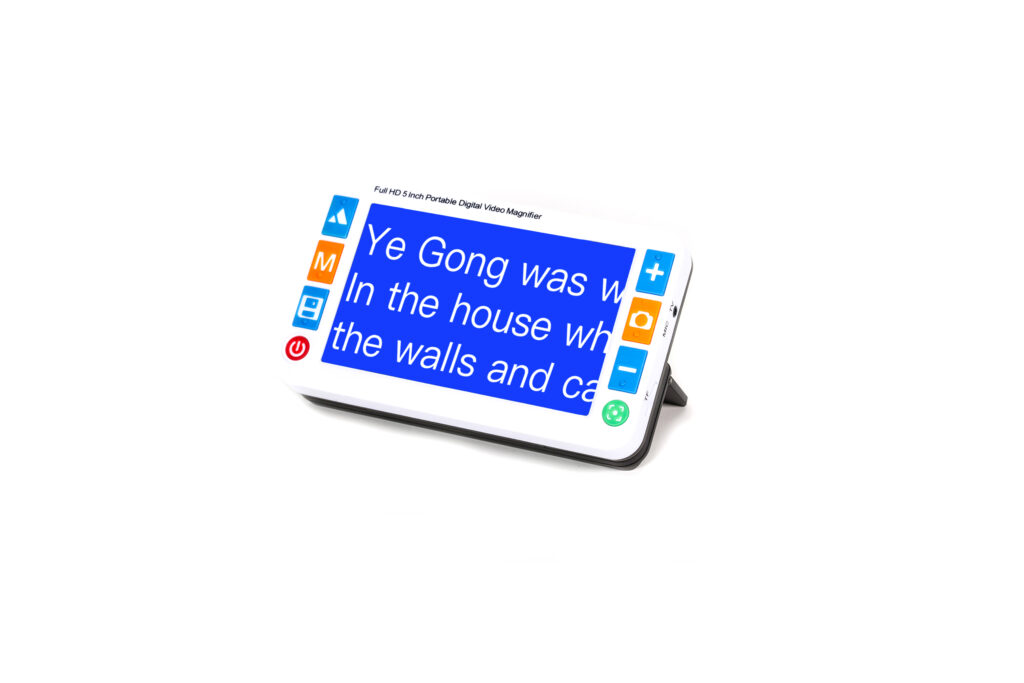
Digital Video Magnifier
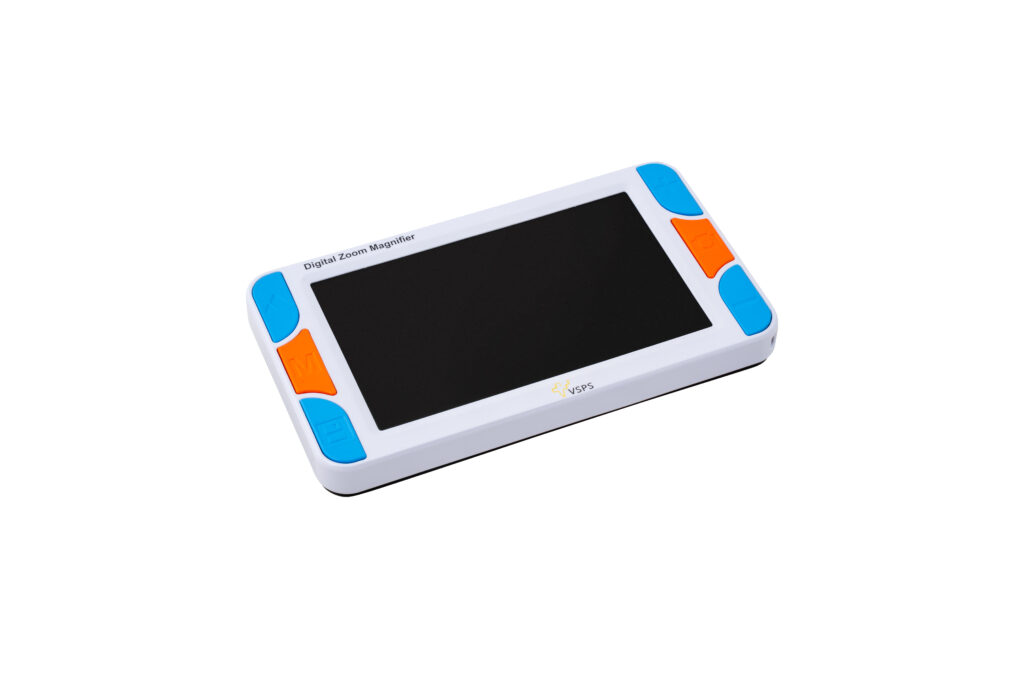
Digital Video Magnifier
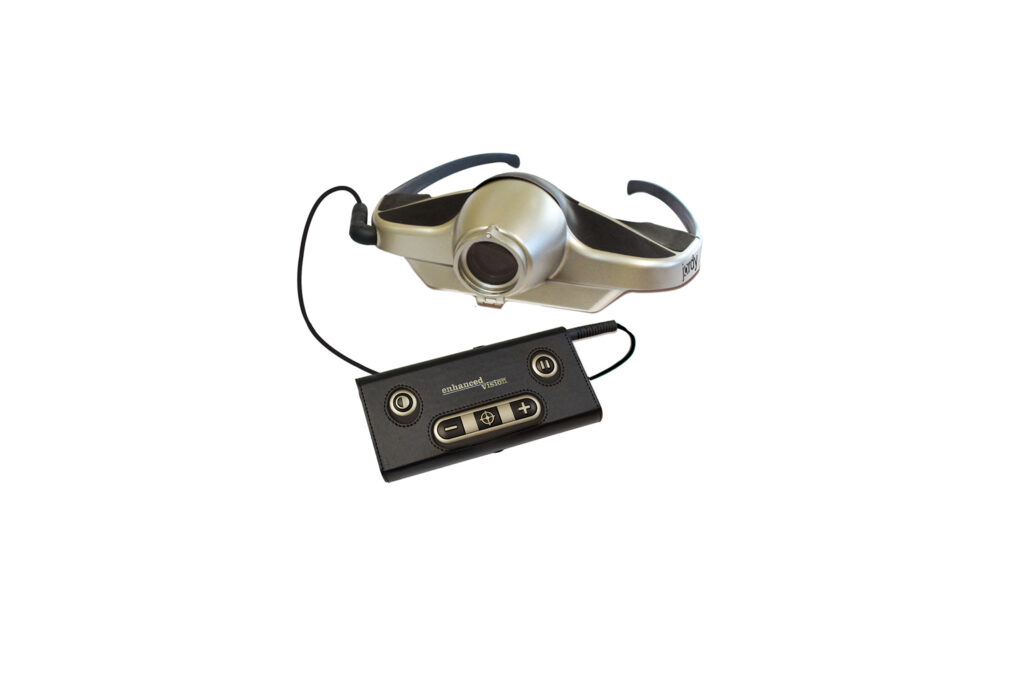
Jordy
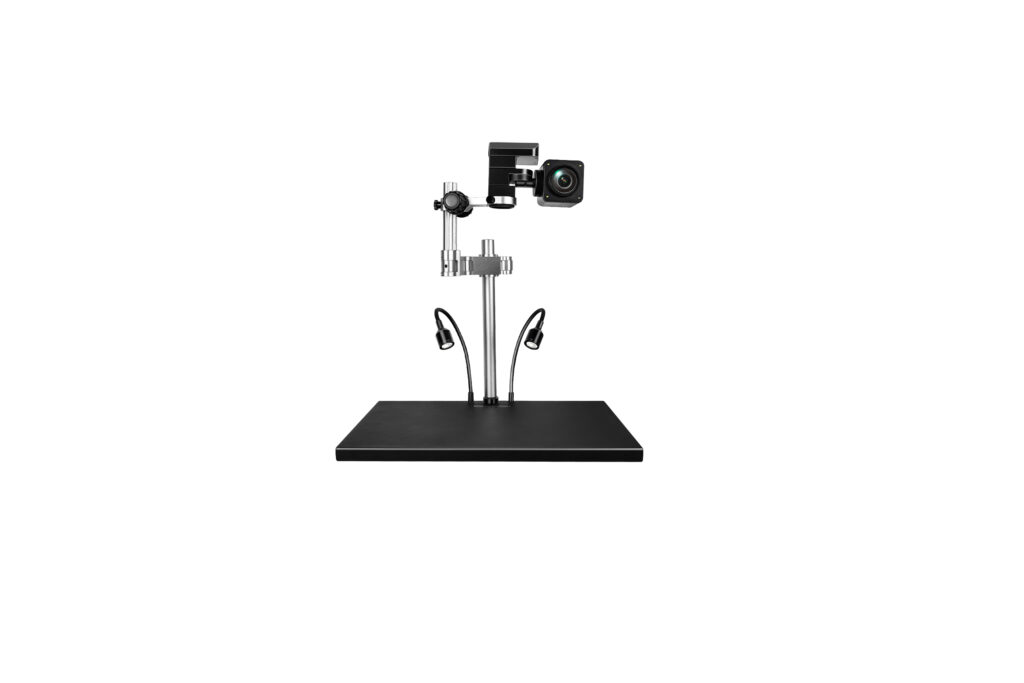
Desktop Digital Video Magnifier
Blindness
Blindness is a severe visual impairment when a person has little or no usable sight. The World Health Organization (WHO) defines blindness as:
1.Visual acuity of worse than 20/400, meaning what a person with normal vision can see from 400 feet away would need to be just 20 feet away to be seen.
2.Severely restricted field of vision (also known as tunnel vision), where the visual field is less than 10 degrees in diameter.
Causes of Blindness
Blindness is generally categorized by when it occurs:
1.Blindness from Birth (Congenital): Caused by genetic conditions, inherited diseases, or complications during pregnancy or birth.
2.Acquired Blindness: Occurs when vision is lost later in life due to eye diseases (like glaucoma or macular degeneration), injuries, or accidents.
Living with Blindness
A person who is blind cannot rely on sight for daily tasks such as reading, writing, or navigating their environment. Unlike the spectrum of ability found in low vision, blindness involves minimal or no visual perception. This fundamental difference necessitates a distinct set of tools and techniques. Assistive technology for blindness is designed to leverage other senses—like hearing and touch—to provide information, enable communication, and promote independence, greatly enhancing quality of life.
Blindness Aids
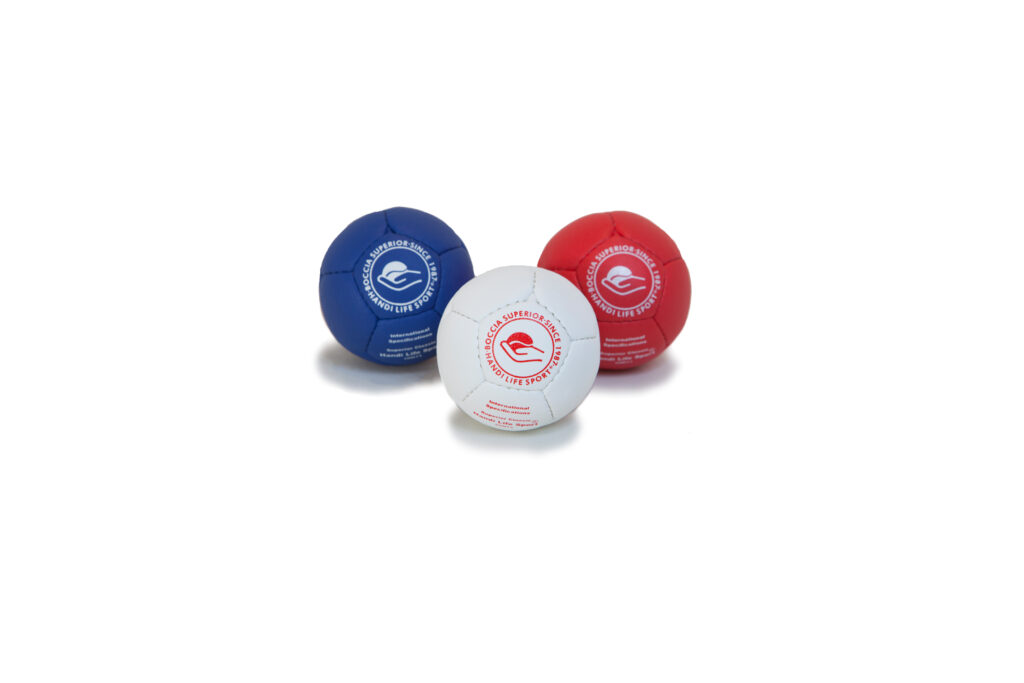
Boccia Superior Classic set
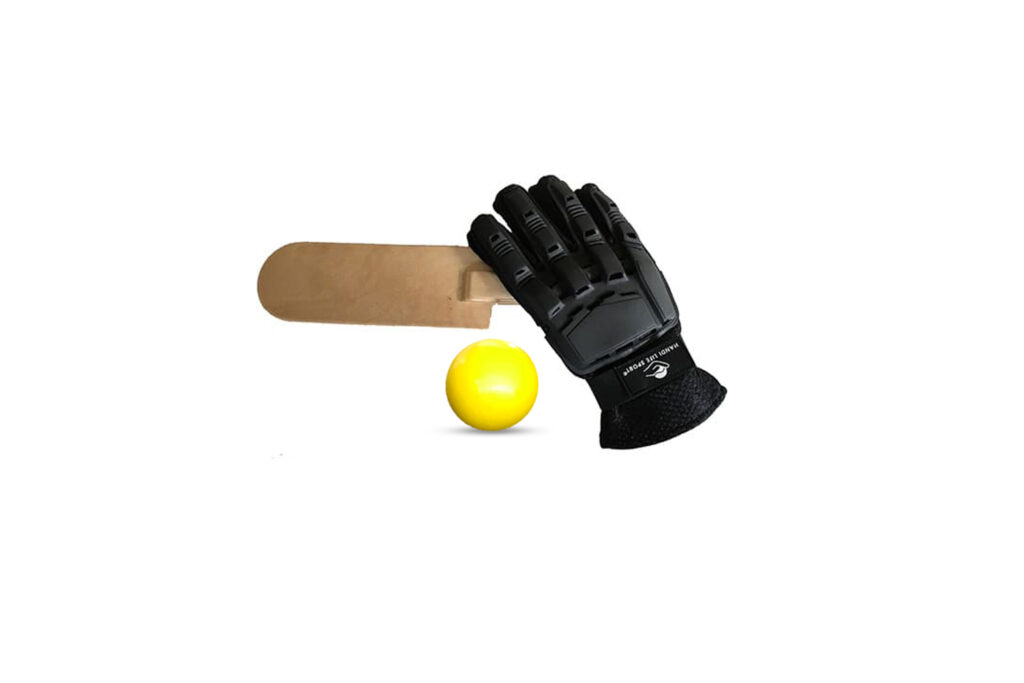
Showdown Set
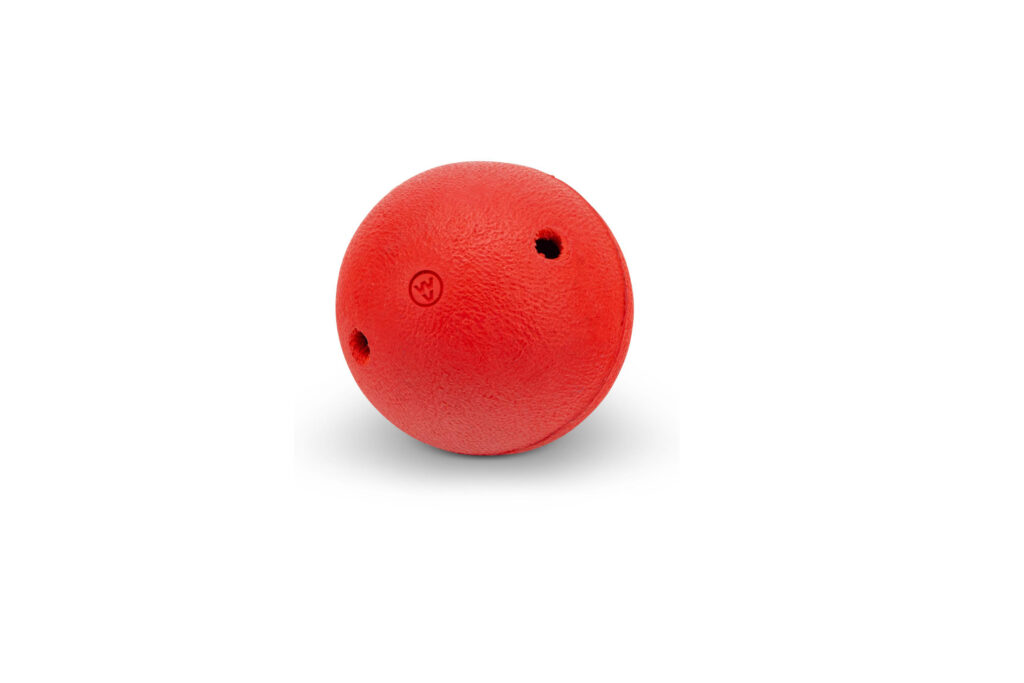
Goalball Mini
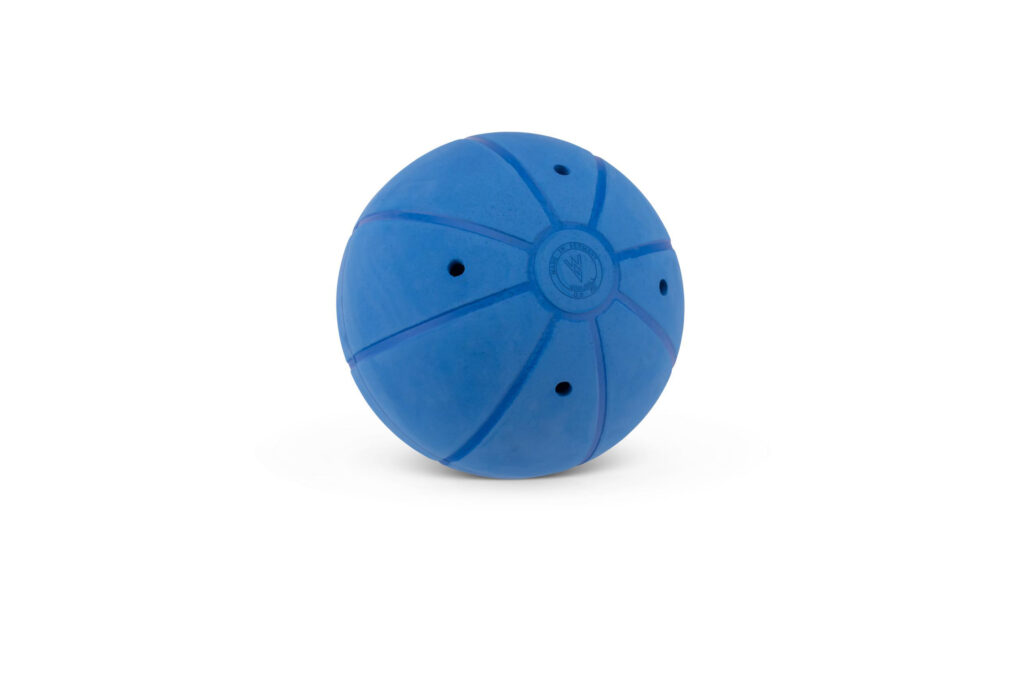
Goalball Junior
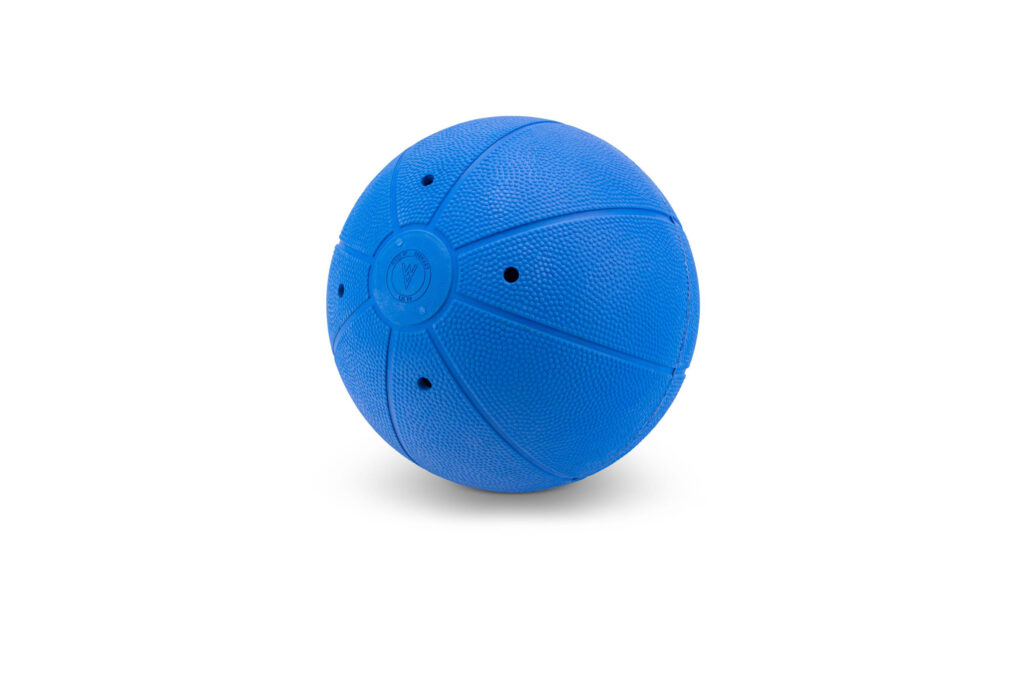
Goalball Classic

Foam Dice
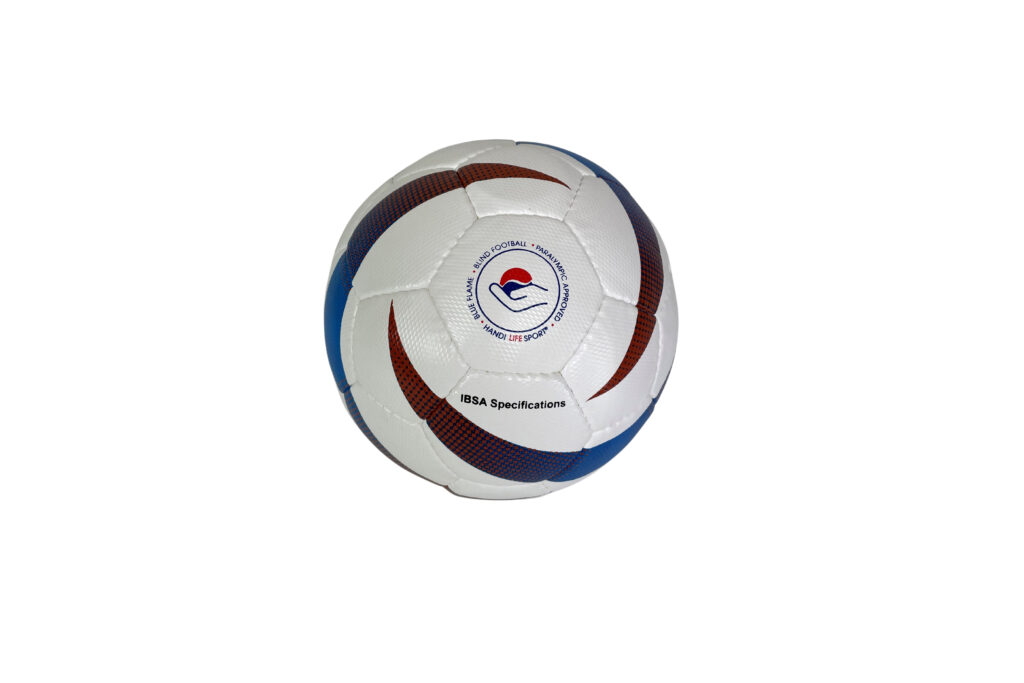
Blue Flame Blind Football
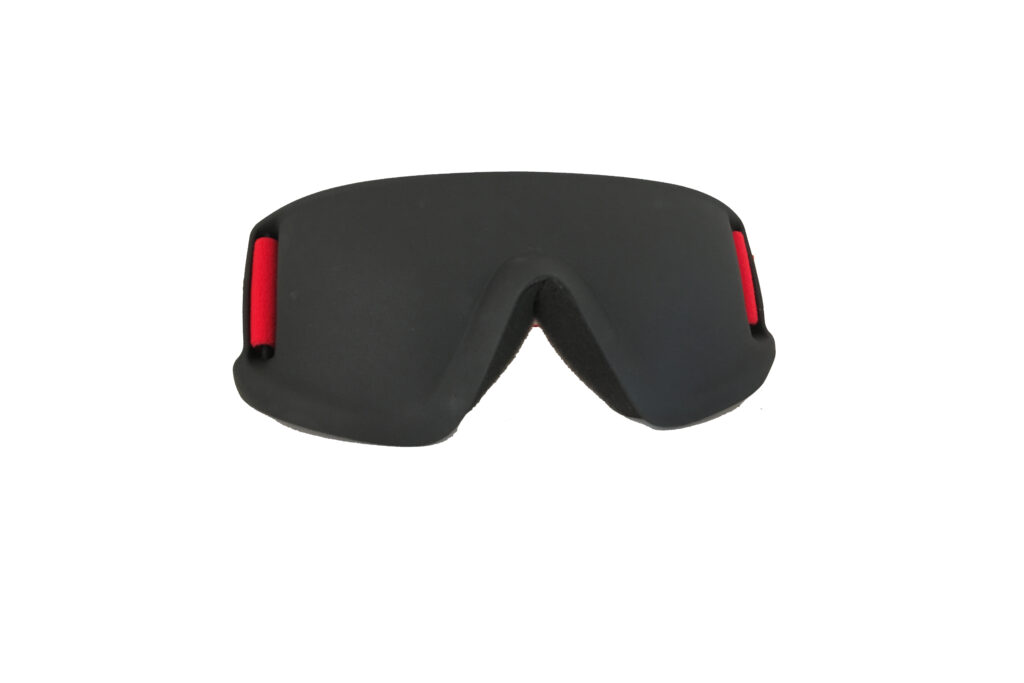
Justa Blind Sports mask

Activity Kit for Blind Sports
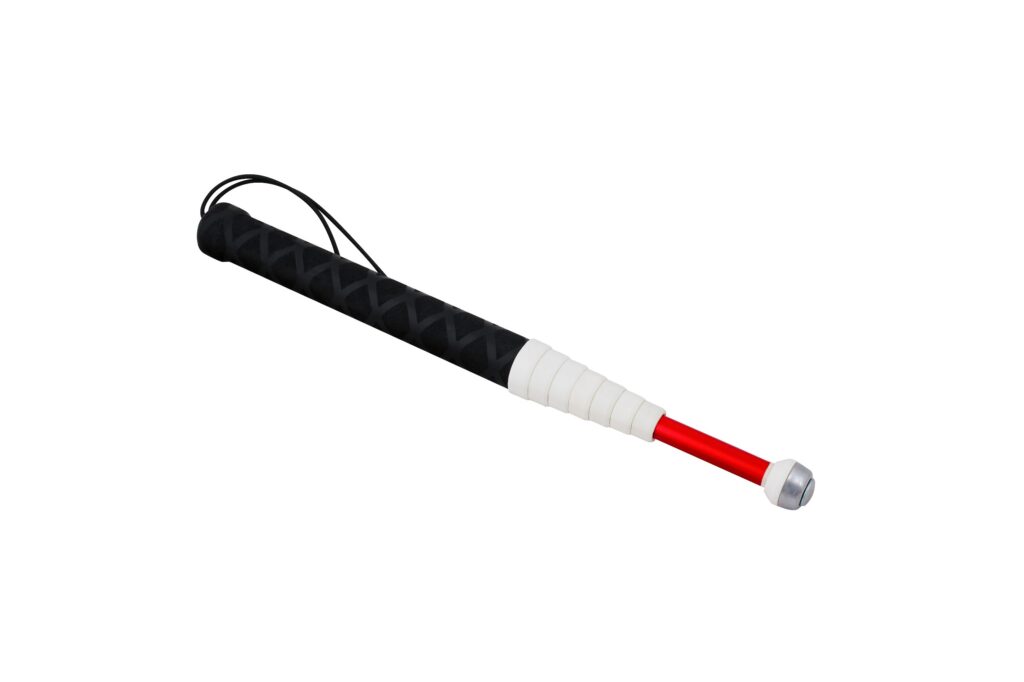
Telescopic White Cane
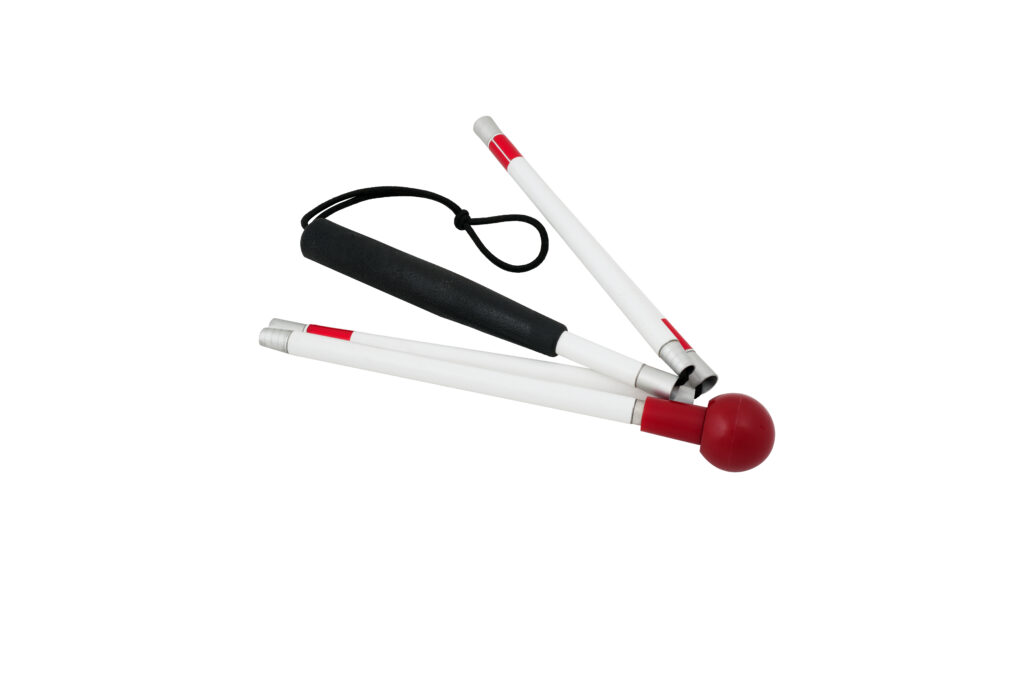
Folding White Cane
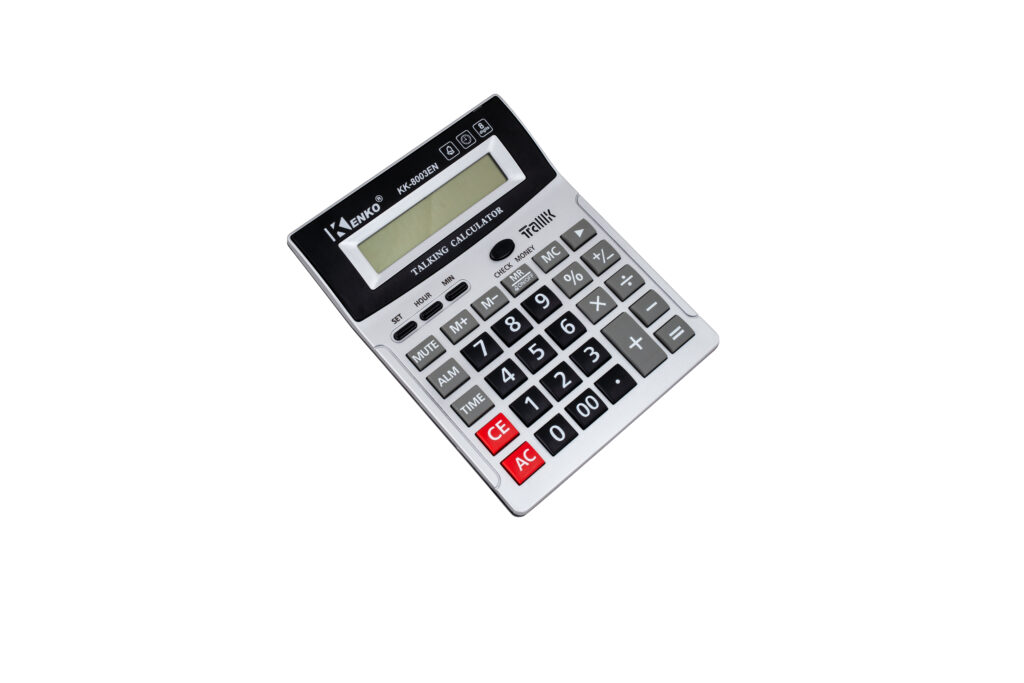
Talking Calculator
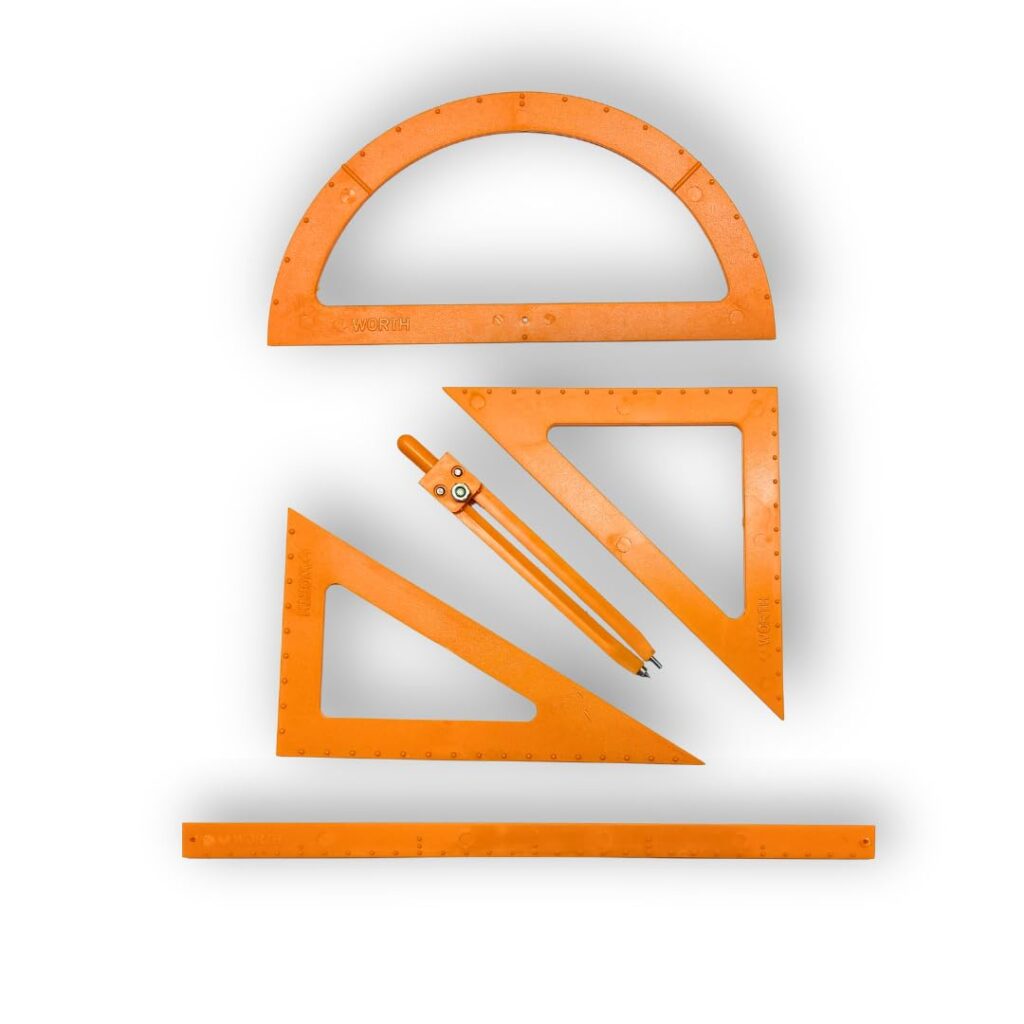
Geometry Set
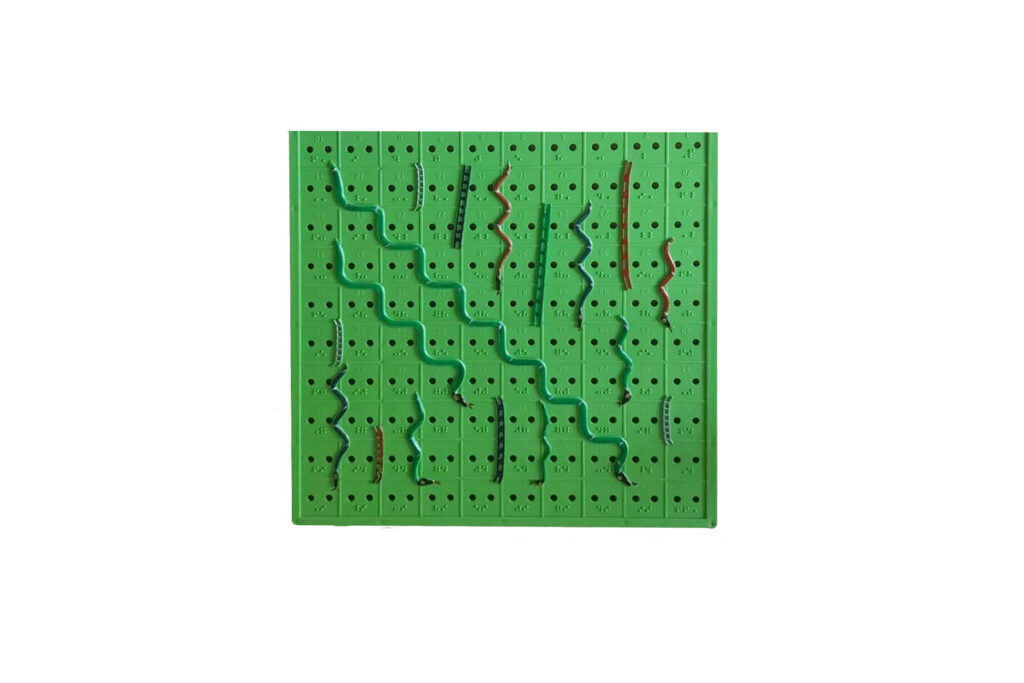
Snakes and Ladders Board Game
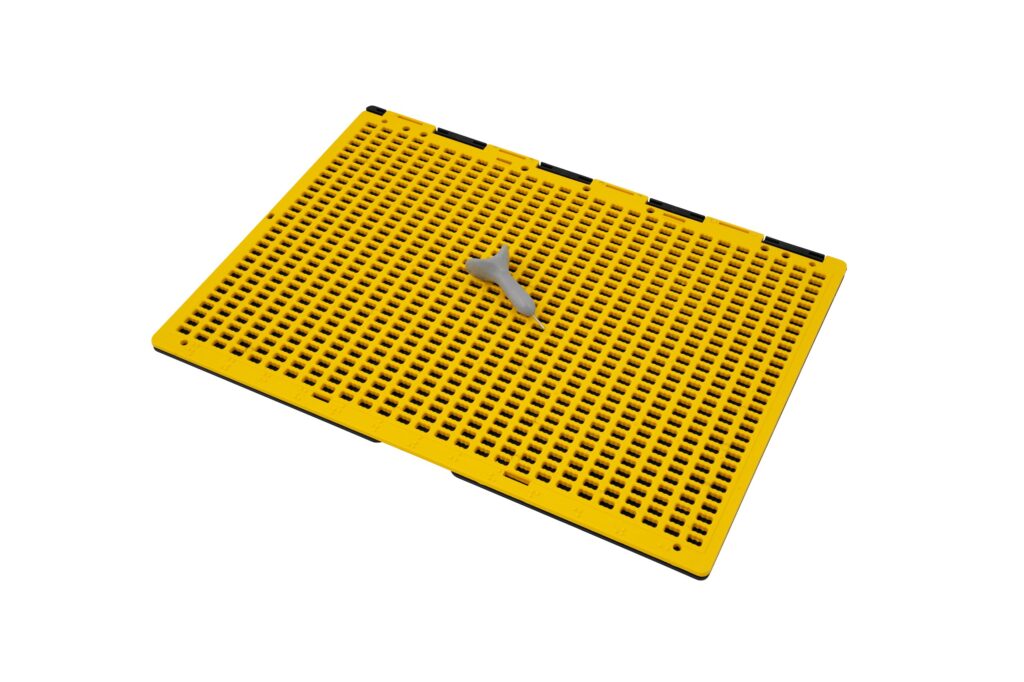
Braille Slate (4 Sizes)
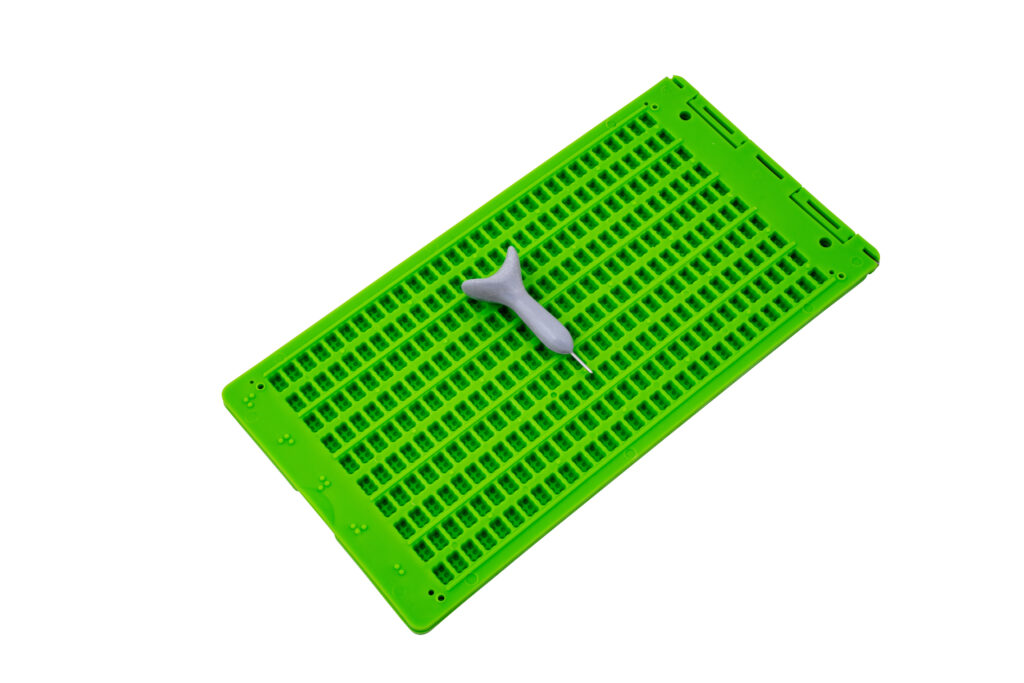
Braille Stylus

Quran Smart Pen – Multi-Purpose Learning Aid
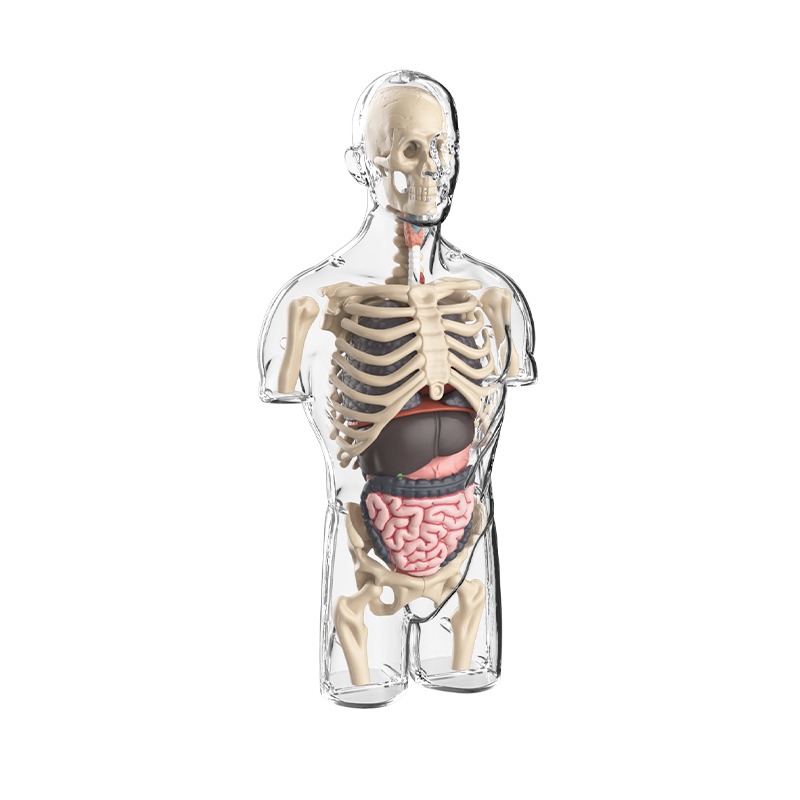
Human Anatomy Toys
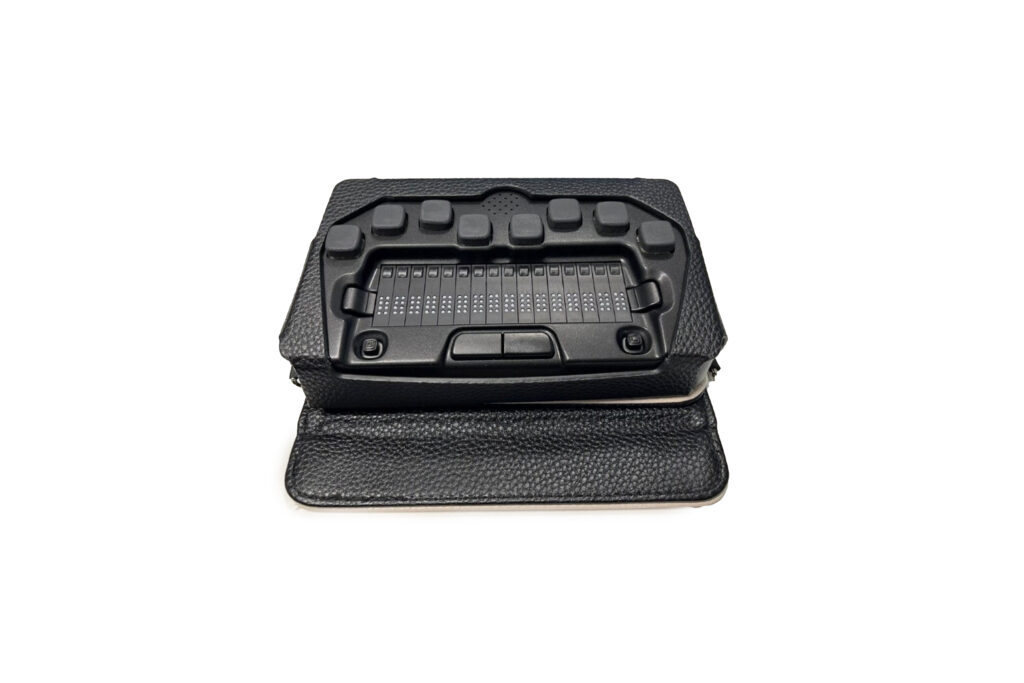
Braille Notetaker – Seika mini 16Plus

Realistic Animal Figures

Realistic Life Cycle Toys
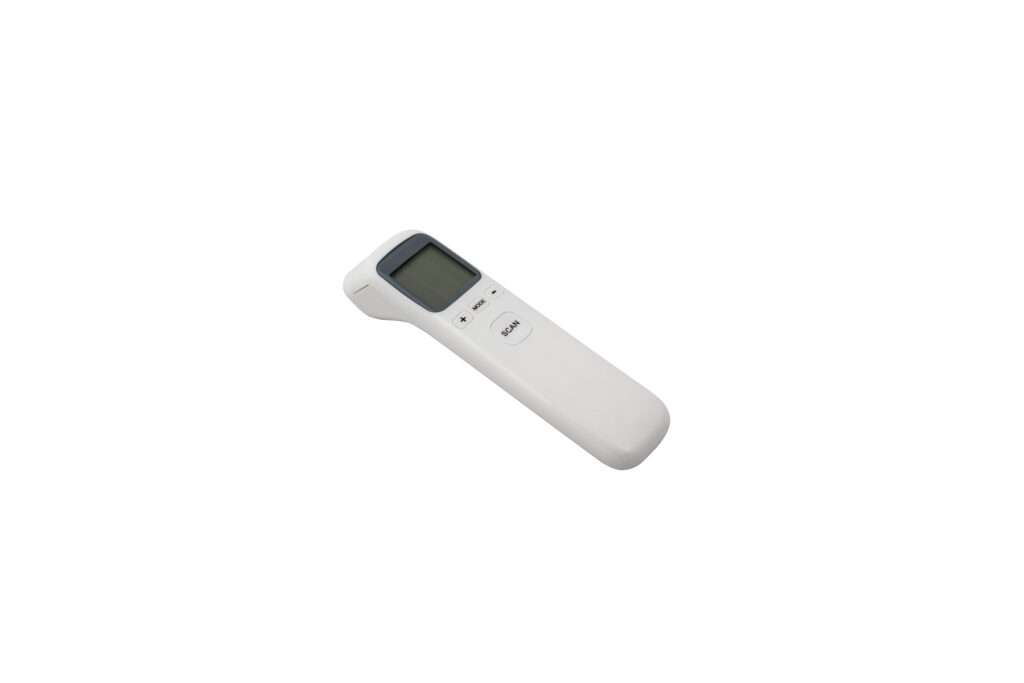
Talking Infrared Thermometer
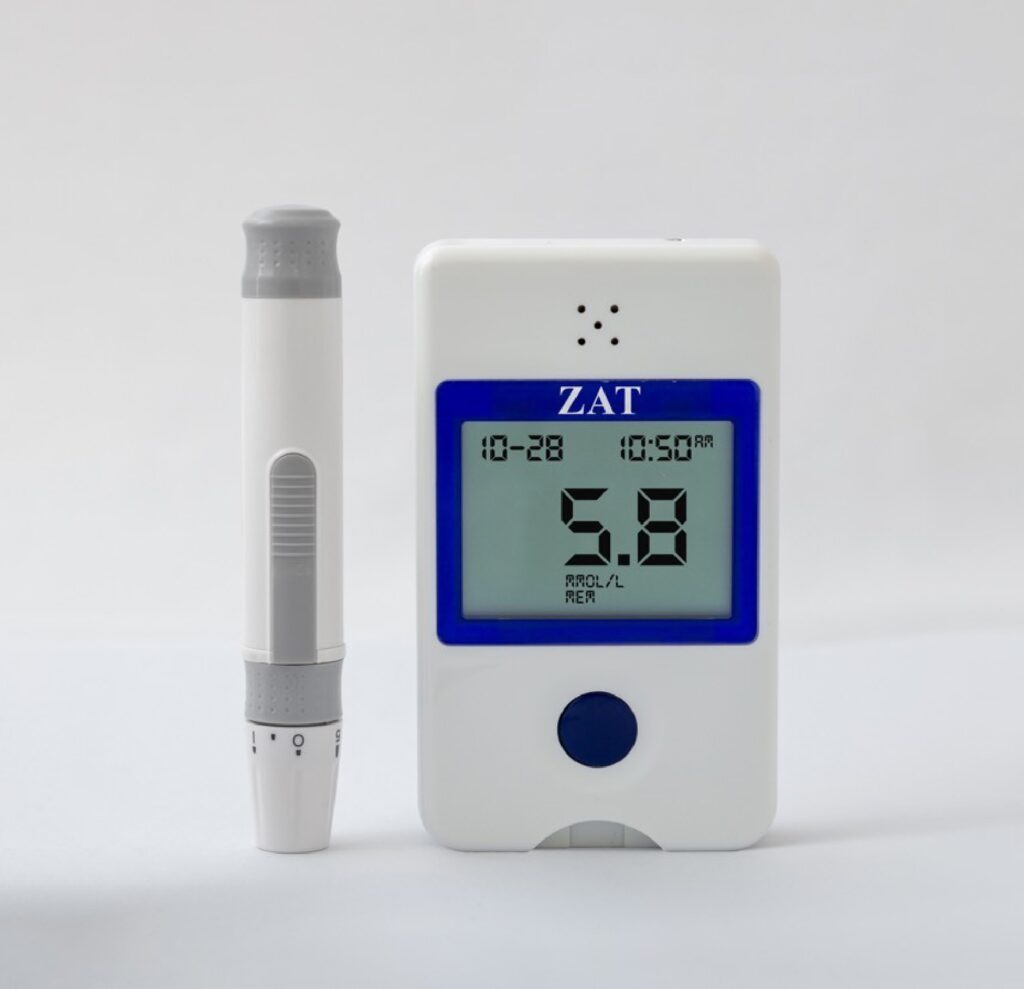
Talking Blood Glucose Monitor
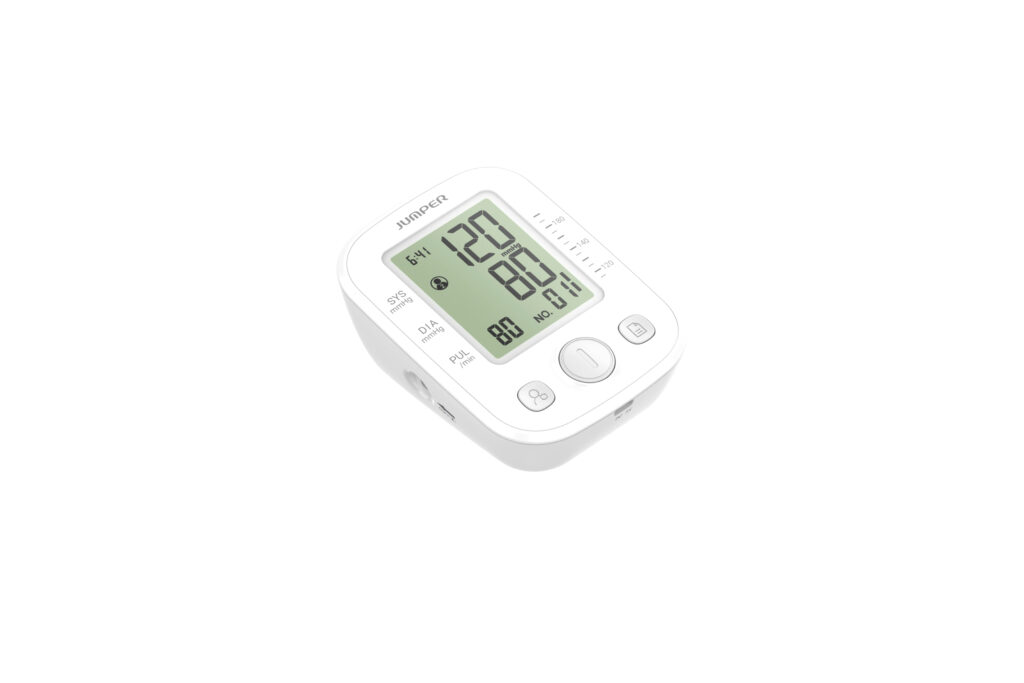
Talking Blood Pressure Monitor

Braille Playing Card

Talking Watch
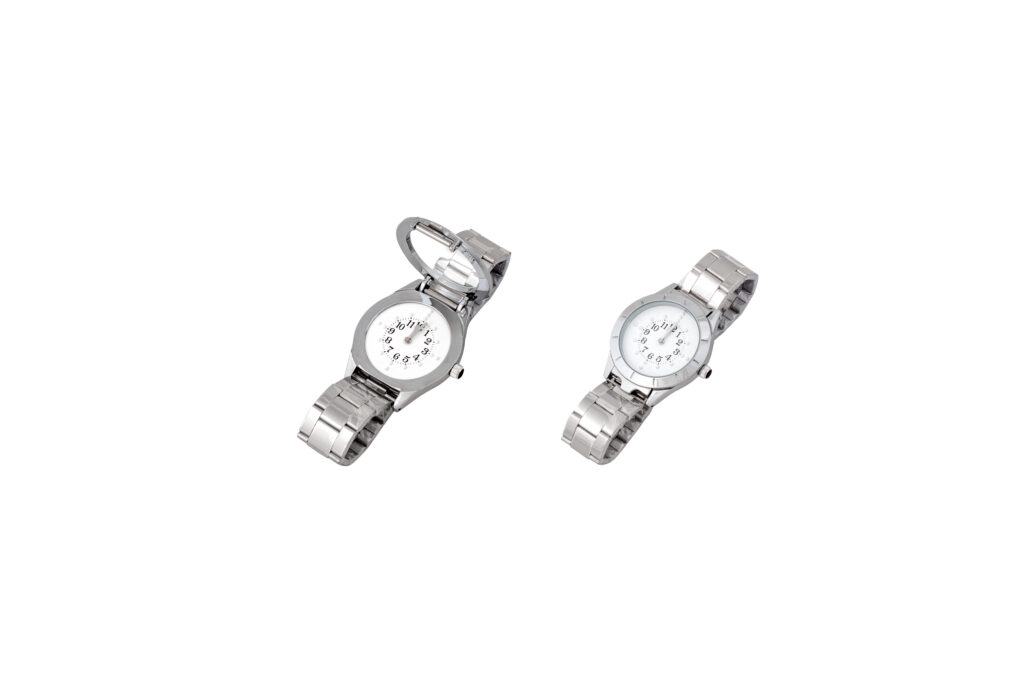
Talking Braille Watch
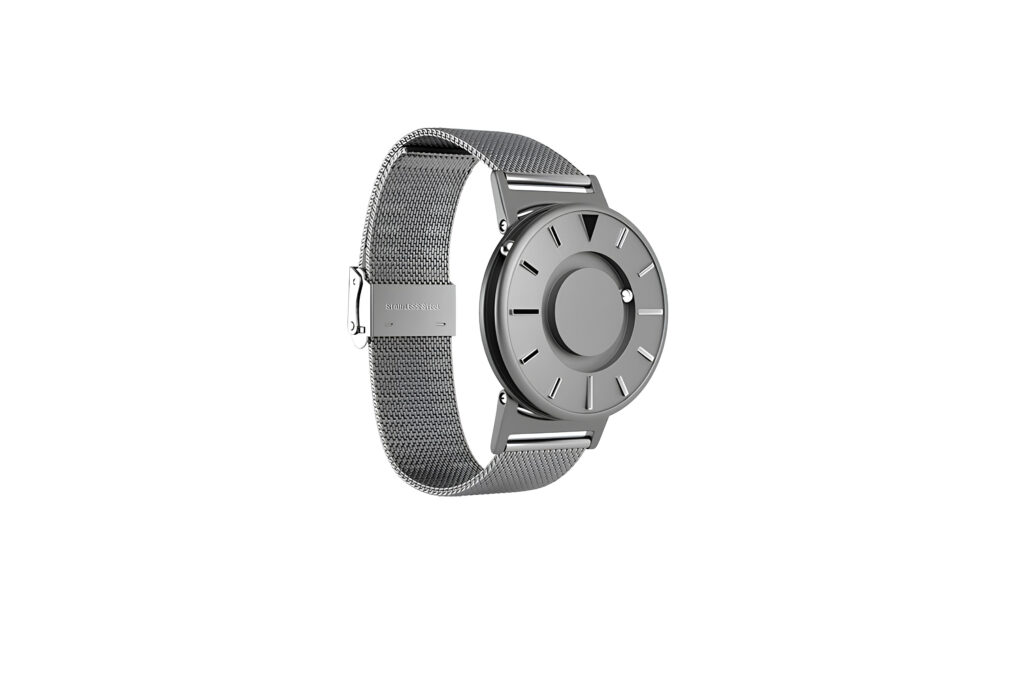
EUTOUR Magnetic Quartz Watch
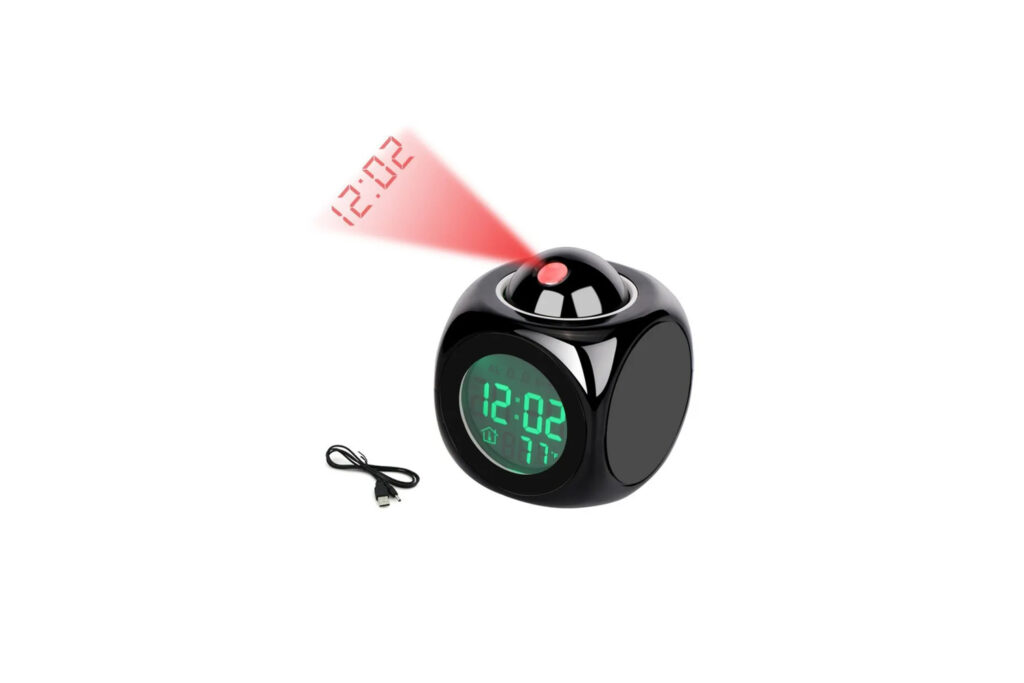
Talking Projection Alarm Clock
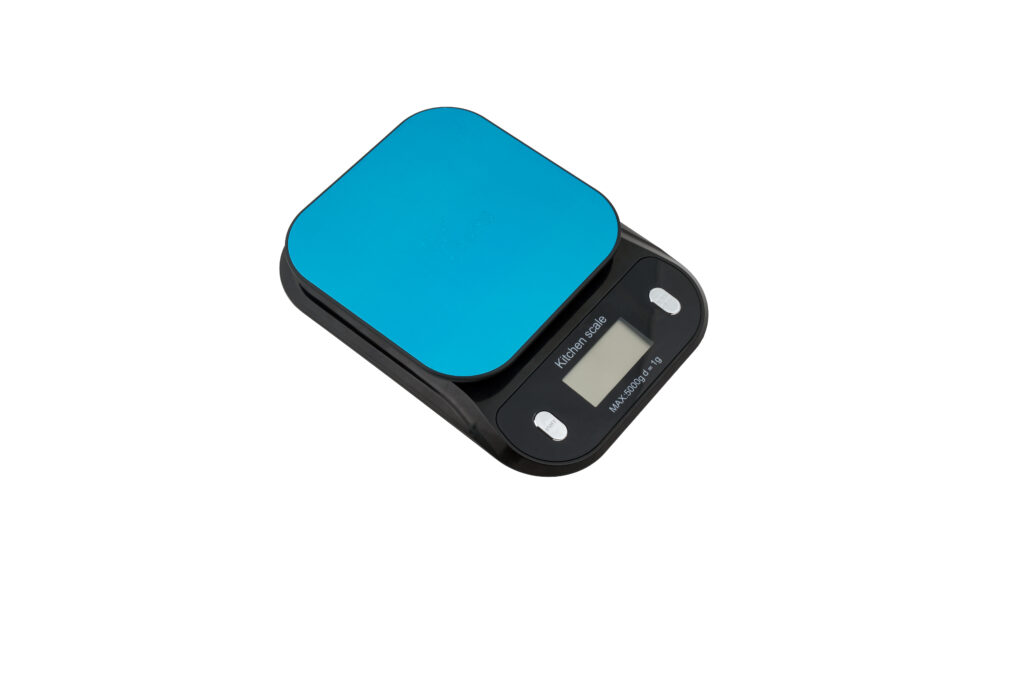
Digital Talking Kitchen Scale
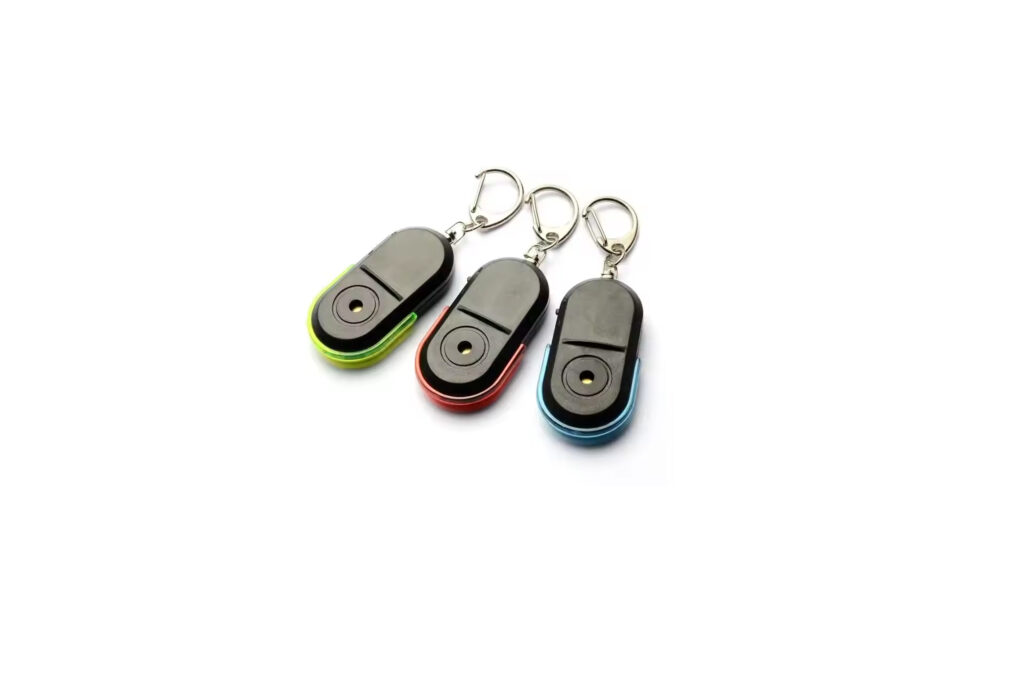
Key finder
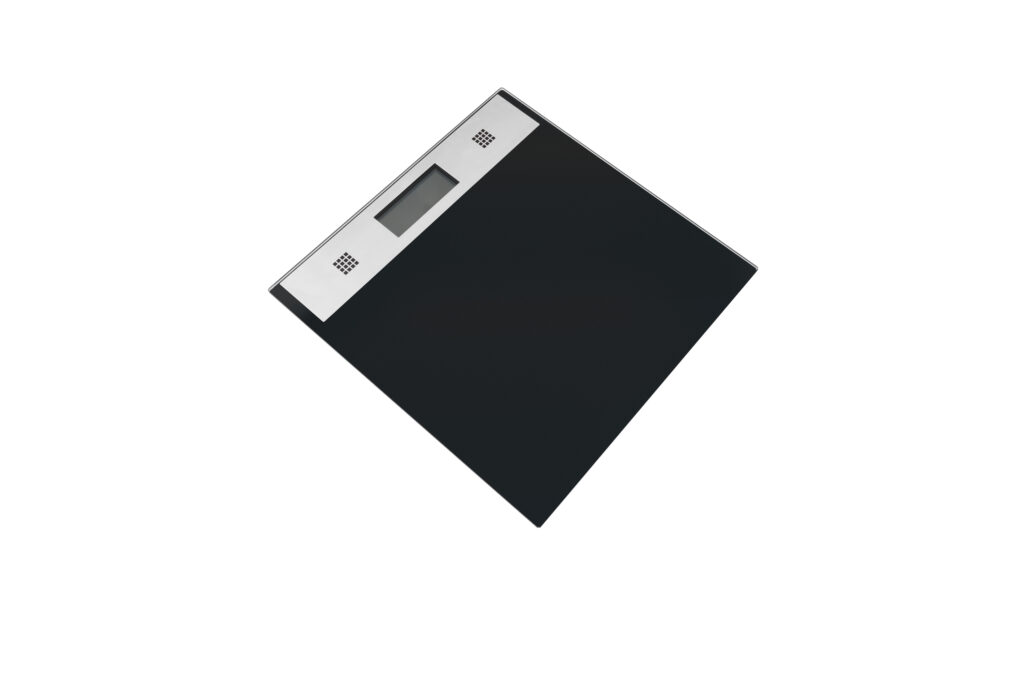
Digital Talking Body Scale
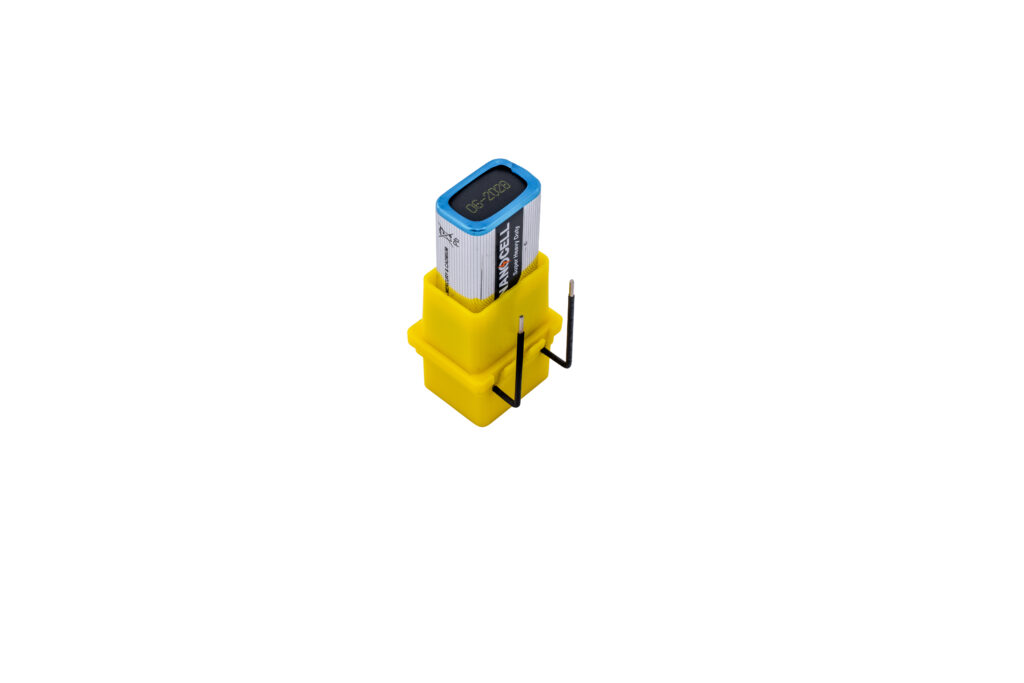
Audio Liquid Level Indicator
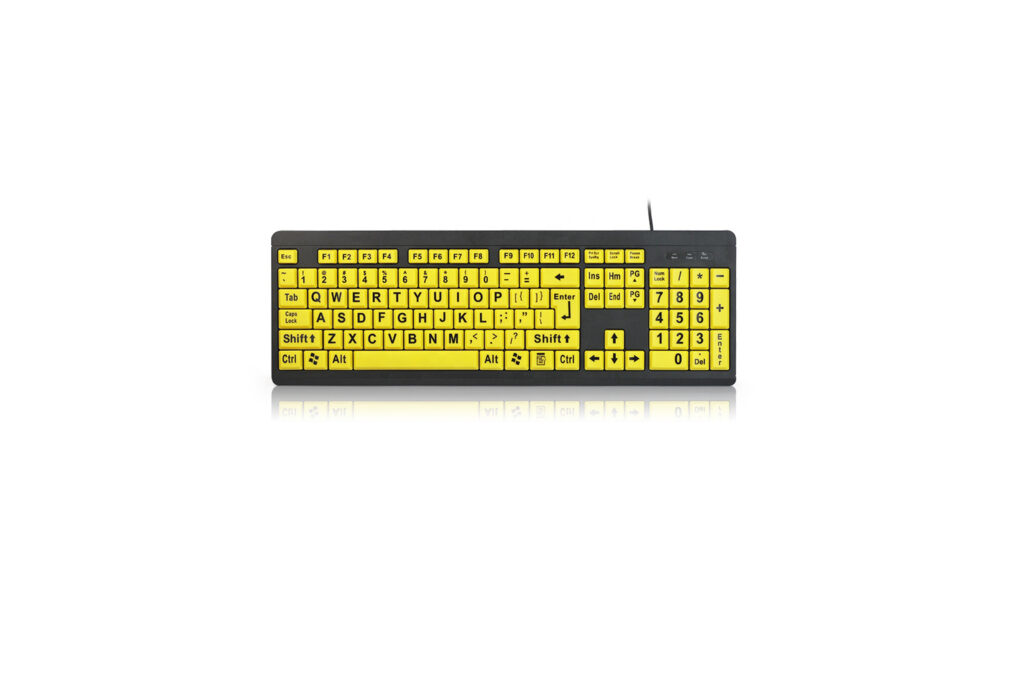
Large Print Computer Keyboard
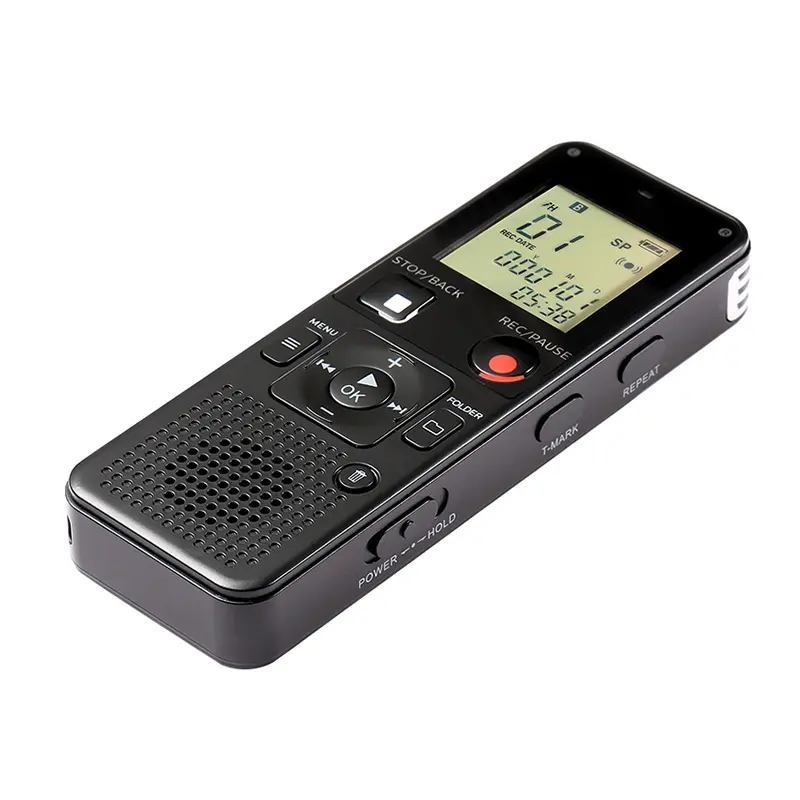
VR510 Specification 2
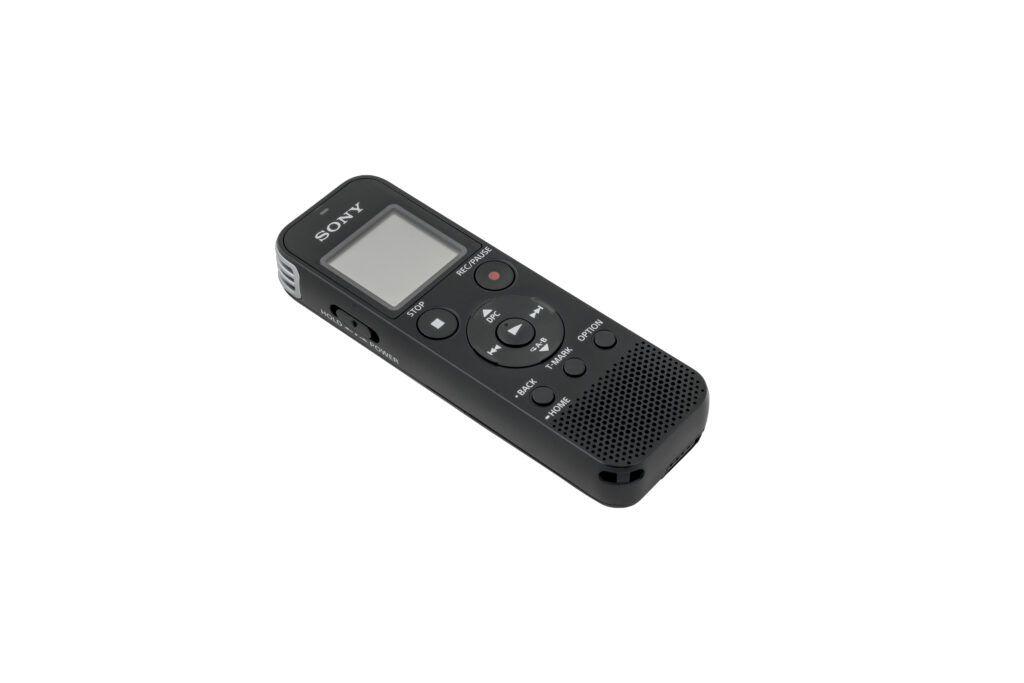
Sony – PX470
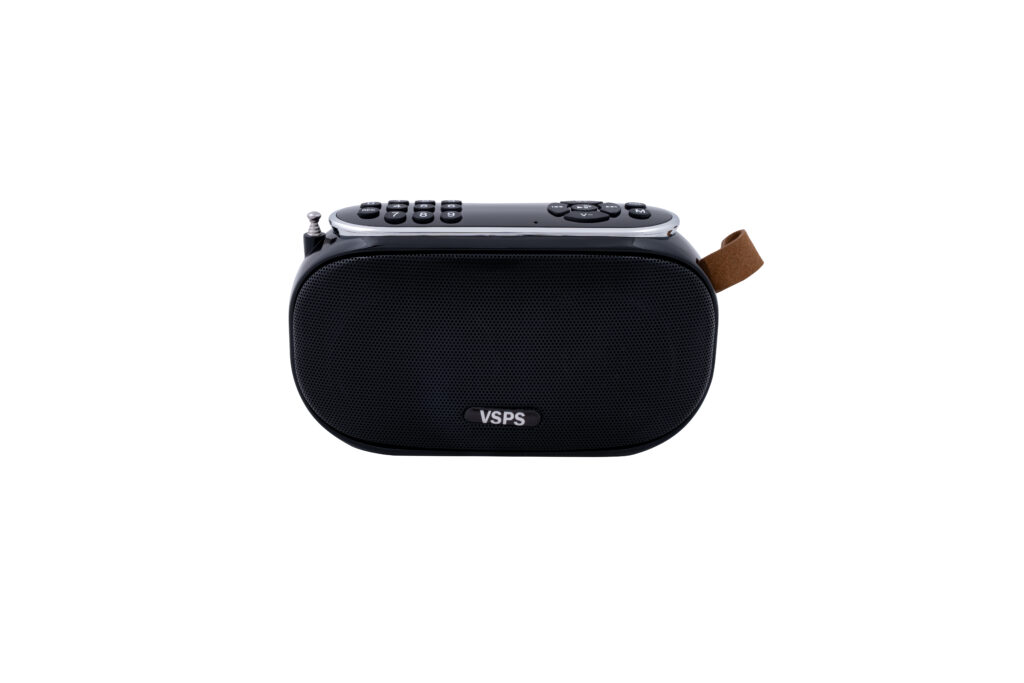
Portable Bluetooth Speaker
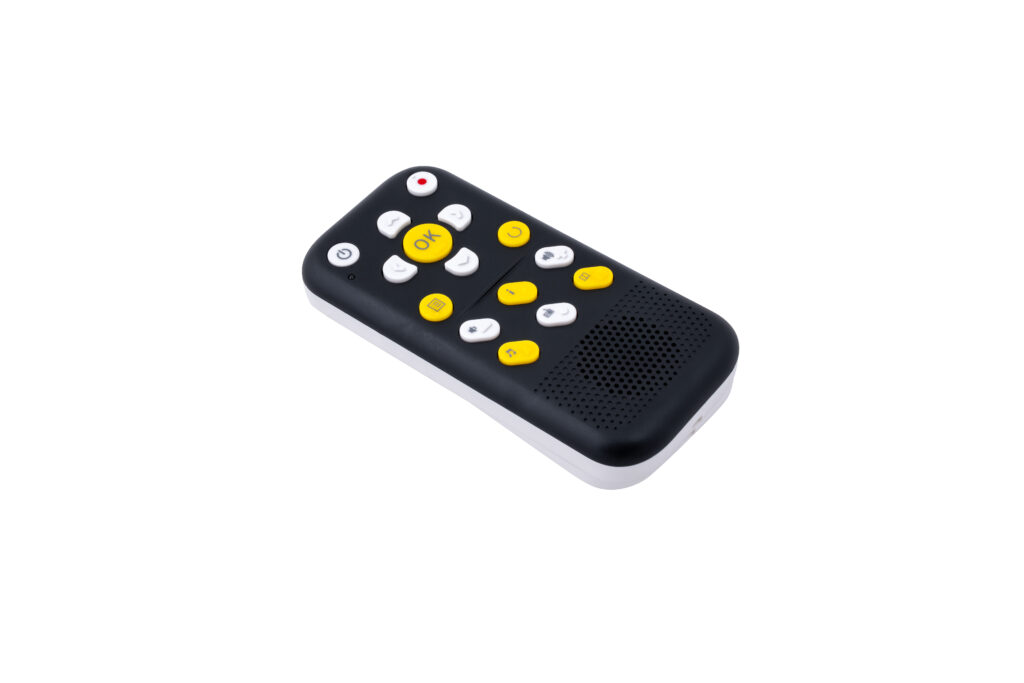
Daisy Player
MERKUT VISION
Mobility Aids
